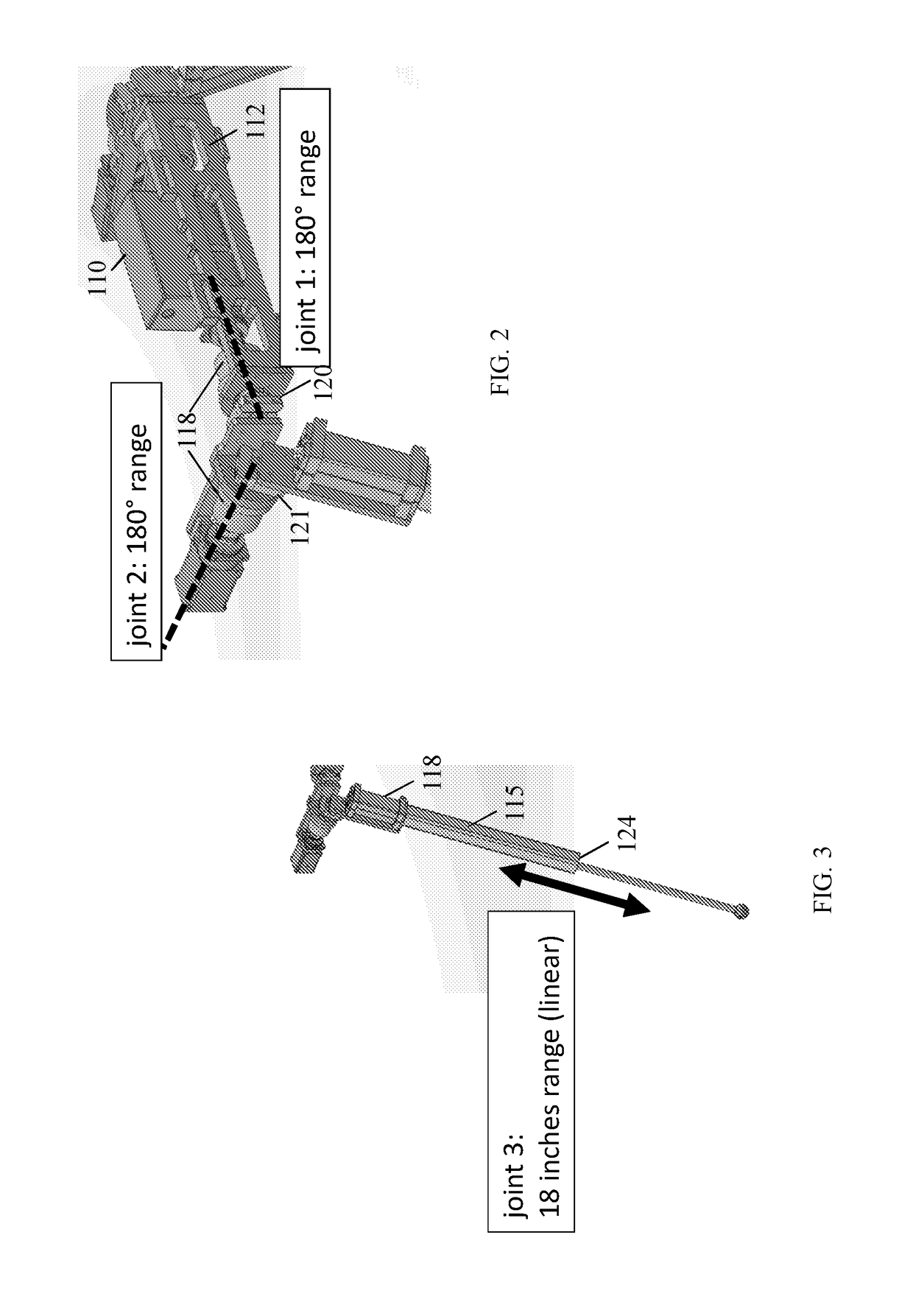Apparatus and Method for Supporting a Human Body Using Supernumerary Artificial Limbs
- Summary
- Abstract
- Description
- Claims
- Application Information
AI Technical Summary
Benefits of technology
Problems solved by technology
Method used
Image
Examples
Embodiment Construction
[0004]In accordance with one embodiment of the invention, an apparatus includes at least one supernumerary artificial limb and a base structure configured to couple with a human body. The base structure includes a sensor that obtains a measurement regarding load of the human body. The proximal end of the supernumerary artificial limb is coupled to the base structure. The apparatus further includes a processor operatively coupled with the sensor and configured to receive the measurement from the sensor. The processor is also configured to generate a control signal to change at least one of a position of the supernumerary artificial limb and a torque exerted by the supernumerary artificial limb based on the measurement regarding the load.
[0005]The processor may also be configured to generate the control signal to position the supernumerary artificial limb for bracing, supporting, or stabilizing the human body.
[0006]In some embodiments, the proximal end of the supernumerary artificial ...
PUM
 Login to View More
Login to View More Abstract
Description
Claims
Application Information
 Login to View More
Login to View More - R&D Engineer
- R&D Manager
- IP Professional
- Industry Leading Data Capabilities
- Powerful AI technology
- Patent DNA Extraction
Browse by: Latest US Patents, China's latest patents, Technical Efficacy Thesaurus, Application Domain, Technology Topic, Popular Technical Reports.
© 2024 PatSnap. All rights reserved.Legal|Privacy policy|Modern Slavery Act Transparency Statement|Sitemap|About US| Contact US: help@patsnap.com










